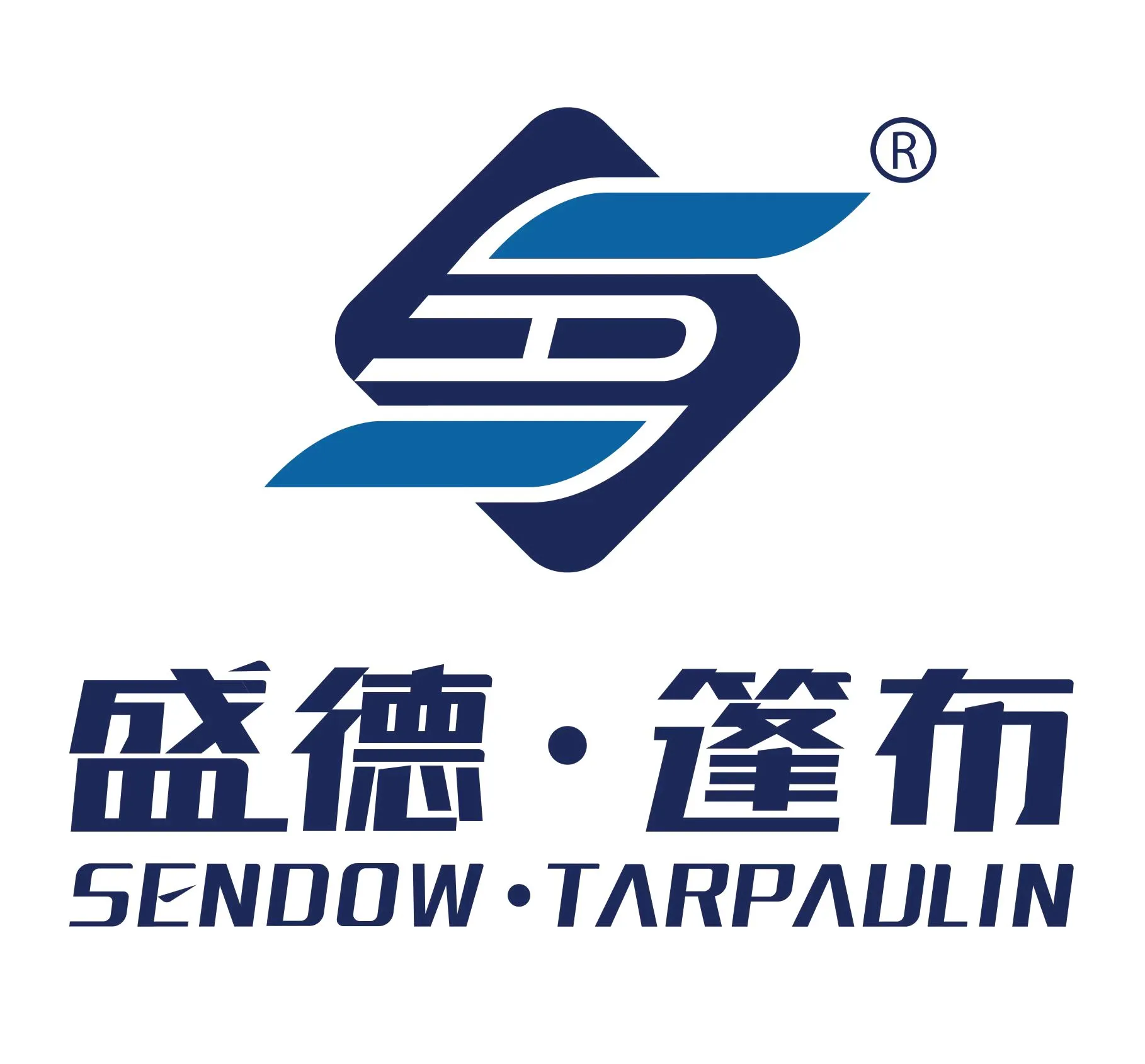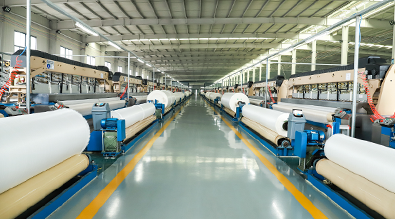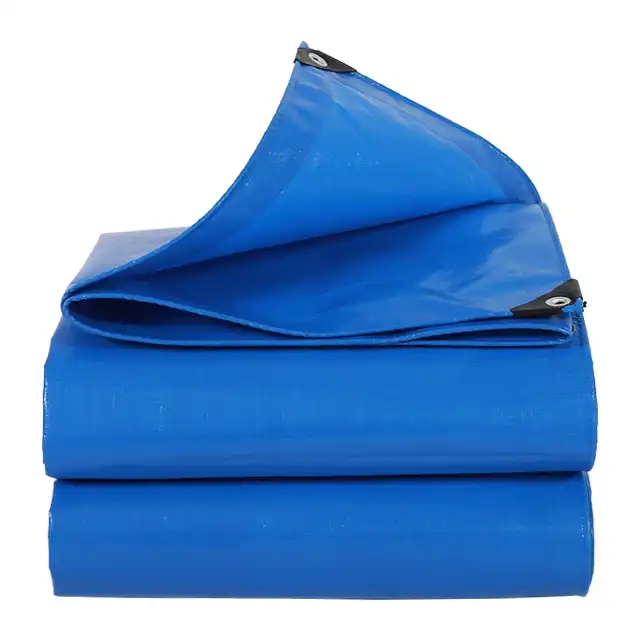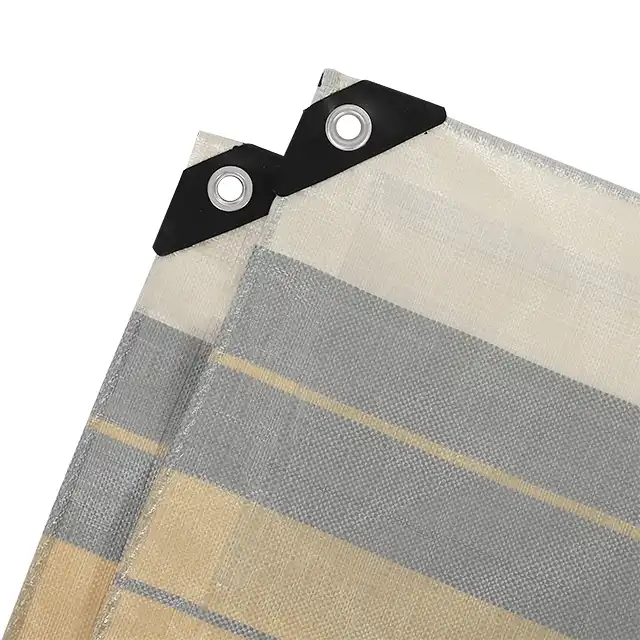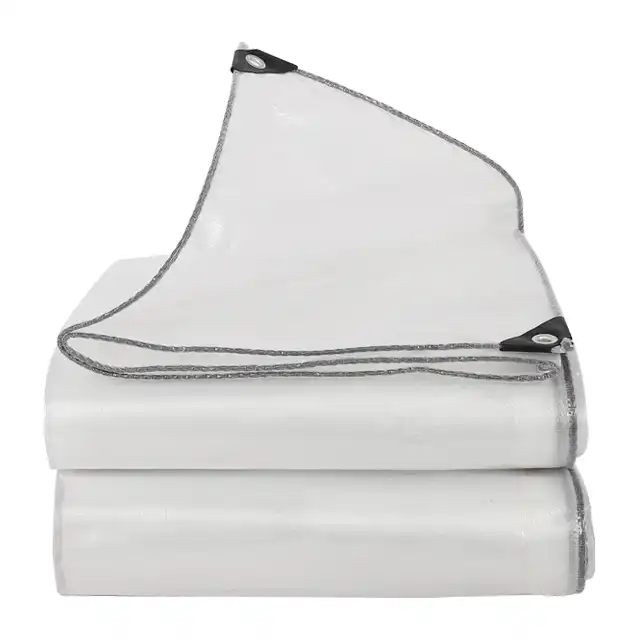Seasonal Tips for Using Waterproof PE Tarpaulin
Waterproof PE tarpaulin is an incredibly versatile solution that adapts to the changing demands of different seasons, offering unparalleled protection for various applications. As a critical protective material, these specialized tarps provide exceptional performance across diverse environmental conditions, from scorching summer heat to freezing winter temperatures. Understanding how to maximize the potential of waterproof PE tarpaulin throughout the year can help individuals and businesses optimize their protective strategies, ensure equipment longevity, and maintain operational efficiency.
Maximizing Performance in Extreme Weather Conditions
Summer Deployment Strategies for Waterproof PE Tarpaulin
 The summer season presents unique challenges for outdoor protection, making waterproof PE tarpaulin an indispensable resource for multiple applications. With Linyi Shengde Plastic Co., Ltd.'s advanced manufacturing capabilities, including 200+ water-jet looms and sophisticated coating technologies, these tarps are engineered to withstand intense solar radiation and high temperatures. Professional agricultural operations can leverage waterproof PE tarpaulin for creating temporary greenhouse environments, protecting delicate crops from excessive heat while maintaining optimal moisture levels. The tarp's UV treatment, ranging from 1% to 7%, provides critical sun protection, preventing direct radiation damage to sensitive agricultural resources. Farmers can strategically deploy these tarps to create shaded areas, reducing ground temperature and minimizing water evaporation. Construction sites benefit immensely from waterproof PE tarpaulin during summer months. With fabric weights ranging from 65 gsm to 280 gsm and thickness between 0.1mm to 0.2mm, these tarps offer robust protection for equipment, materials, and work zones. The tarps' mildew and acid resistance ensure durability even in humid summer conditions, while aluminum grommets spaced approximately every meter provide secure anchoring options. Recreational users can transform waterproof PE tarpaulin into versatile summer accessories. Whether creating temporary sun shelters for beach outings, picnic pads, or improvised camping solutions, these tarps' lightweight design and exceptional water resistance make them perfect companions for outdoor adventures. The material's arctic flexibility ensures reliable performance across temperature variations.
The summer season presents unique challenges for outdoor protection, making waterproof PE tarpaulin an indispensable resource for multiple applications. With Linyi Shengde Plastic Co., Ltd.'s advanced manufacturing capabilities, including 200+ water-jet looms and sophisticated coating technologies, these tarps are engineered to withstand intense solar radiation and high temperatures. Professional agricultural operations can leverage waterproof PE tarpaulin for creating temporary greenhouse environments, protecting delicate crops from excessive heat while maintaining optimal moisture levels. The tarp's UV treatment, ranging from 1% to 7%, provides critical sun protection, preventing direct radiation damage to sensitive agricultural resources. Farmers can strategically deploy these tarps to create shaded areas, reducing ground temperature and minimizing water evaporation. Construction sites benefit immensely from waterproof PE tarpaulin during summer months. With fabric weights ranging from 65 gsm to 280 gsm and thickness between 0.1mm to 0.2mm, these tarps offer robust protection for equipment, materials, and work zones. The tarps' mildew and acid resistance ensure durability even in humid summer conditions, while aluminum grommets spaced approximately every meter provide secure anchoring options. Recreational users can transform waterproof PE tarpaulin into versatile summer accessories. Whether creating temporary sun shelters for beach outings, picnic pads, or improvised camping solutions, these tarps' lightweight design and exceptional water resistance make them perfect companions for outdoor adventures. The material's arctic flexibility ensures reliable performance across temperature variations.
Winter Protection and Resilience Techniques
Winter environments demand exceptional protective materials, and waterproof PE tarpaulin rises to the challenge with remarkable resilience. Linyi Shengde's manufacturing process, which includes specialized coating techniques and high-tech extruding machines, produces tarps with outstanding anti-freezing capabilities. Industrial applications benefit significantly from winter-grade waterproof PE tarpaulin. Scaffolding sheets made from these materials provide critical protection against snow, ice, and harsh winds, maintaining construction site integrity during challenging weather conditions. The tarps' tear-resistant properties and shrink-proof design ensure consistent performance, even when exposed to extreme temperature fluctuations. Agricultural sectors can utilize waterproof PE tarpaulin for winter crop protection, creating temporary greenhouse environments that shield delicate plants from frost and freezing temperatures. The material's ability to maintain structural integrity in low temperatures, combined with its 100% waterproof characteristics, makes it an invaluable resource for maintaining agricultural productivity during winter months. Logistics and transportation industries rely on these tarps for protecting goods during winter shipping. With applications ranging from truck covers to comprehensive cargo protection, waterproof PE tarpaulin ensures that transported materials remain dry, clean, and undamaged. The tarps' anti-corrosion properties provide an additional layer of protection against salt and chemical exposure common during winter road maintenance.
Transitional Season Adaptability and Maintenance
Transitional seasons like spring and autumn present unique challenges that require adaptable protective solutions. Waterproof PE tarpaulin's versatility shines during these periods, offering comprehensive protection against unpredictable weather patterns. Landscaping and gardening professionals can leverage these tarps for multiple purposes during transitional seasons. From covering newly planted areas to protecting garden equipment, the material's durability and water resistance make it an essential tool. The tarp's mesh count, ranging from 10x10 to 14x14, provides excellent breathability while maintaining robust protection. Home maintenance becomes more manageable with waterproof PE tarpaulin during these seasons. Homeowners can use these tarps to cover outdoor furniture, protect wood piles, and create temporary shelters for ongoing renovation projects. The material's lightweight design and easy handling make it a practical solution for various residential protection needs. Event planners and outdoor organizers can rely on these tarps to create flexible, weather-resistant spaces during unpredictable transitional seasons. Whether organizing outdoor markets, temporary event structures, or emergency shelters, waterproof PE tarpaulin offers a reliable, adaptable solution.
Innovative Applications of Waterproof PE Tarpaulin Across Industries
Agricultural Innovations with Waterproof PE Tarpaulin
Waterproof PE tarpaulin has revolutionized agricultural practices by providing versatile solutions for crop protection and farm management. Farmers increasingly rely on these durable materials to create micro-climate environments that shield delicate plants from extreme weather conditions. The unique properties of waterproof PE tarpaulin, including its 100% waterproof nature and UV resistance, make it an invaluable tool for modern agricultural operations.
Emergency and Disaster Relief Applications
In humanitarian contexts, waterproof PE tarpaulin plays a critical role in providing immediate shelter and protection during crisis situations. Non-governmental organizations and relief agencies depend on these robust materials to quickly establish temporary housing, medical facilities, and protective barriers in challenging environments. The lightweight yet durable characteristics of waterproof PE tarpaulin enable rapid deployment and efficient transportation to areas experiencing natural disasters or humanitarian emergencies.
Sustainable Construction and Environmental Protection
The construction industry has embraced waterproof PE tarpaulin as an eco-friendly solution for temporary site protection and sustainable building practices. Contractors utilize these versatile materials to minimize environmental impact, protect construction sites from weather-related damage, and reduce waste. The adaptability of waterproof PE tarpaulin supports green building initiatives by providing an efficient, reusable alternative to traditional protective materials.
Conclusion
Waterproof PE tarpaulin represents a sophisticated, multi-functional protective solution that adapts seamlessly to seasonal challenges. By understanding its versatile applications and unique characteristics, users can maximize its potential across various environments and industries. At Linyi Shengde Plastic Co., Ltd., we pride ourselves on delivering high-quality, innovative tarpaulin solutions that meet diverse customer needs. Our commitment to excellence, backed by advanced R&D capabilities and stringent quality management, ensures that we consistently provide superior products. We invite you to explore the possibilities of our waterproof PE tarpaulin and discover how our solutions can enhance your operational efficiency. For personalized consultations and custom solutions, please contact us at info@shengdetarp.com.
References
1. Johnson, A. M. (2022). Protective Materials in Industrial Applications. Cambridge University Press.
2. Rodriguez, S. K. (2021). Agricultural Tarpaulin Technologies and Innovations. Springer Nature Publications.
3. Thompson, L. R. (2020). Weather-Resistant Materials in Construction. Wiley Engineering Series.
4. Nakamura, H. (2019). Advanced Polymer Engineering. Academic Press.
5. Garcia, M. E. (2018). Sustainable Material Solutions for Environmental Protection. CRC Press.
6. Williams, R. T. (2023). Innovative Protective Materials in Modern Industries. Oxford University Press.
